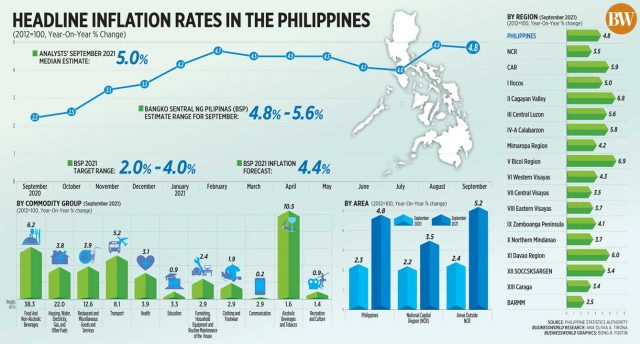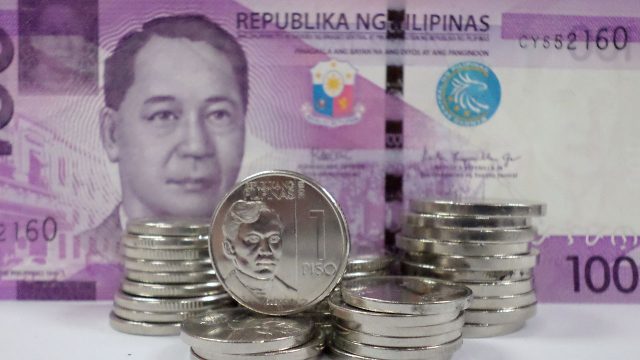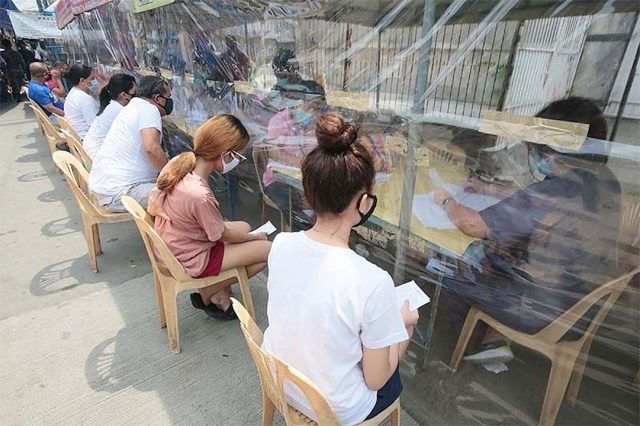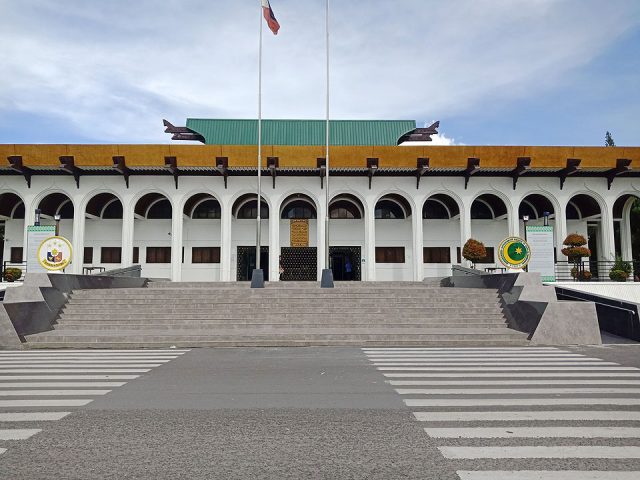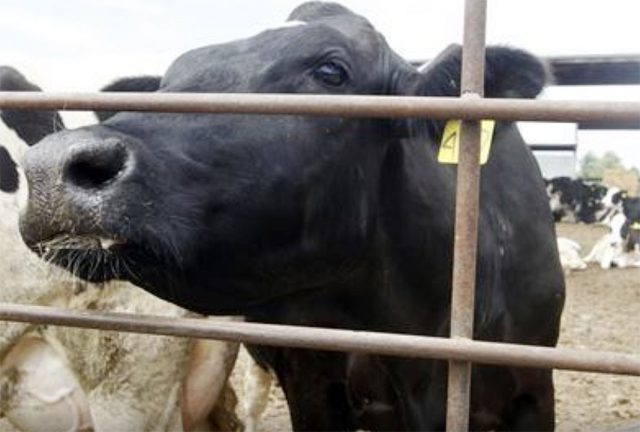Thyroid cancer is a disease in which malignant (cancer) cells form in the tissues of the thyroid gland. It is the seventh leading form of cancer in the Philippines. Its incidence is three times higher in women than in men. Thyroid cancer is the most common cancer in women aged 15 to 24, according to the Department of Health (DoH).
As defined by the American Thyroid Association, the thyroid gland is a butterfly-shaped endocrine gland that is normally located in the lower front of the neck. Its job is to make thyroid hormones to help stay warm, control metabolism, and regulate breathing, heart rate and the nervous system, among many others.
The Johns Hopkins University School of Medicine said that thyroid concerns are more common in women, probably due to the roles of hormones, which are different in females than in males. Oftentimes women do not notice any symptoms because they are busy with family and work.
In its early stages, thyroid cancer may be asymptomatic; it is sometimes an incidental finding during a routine physical examination by a doctor. Signs or symptoms develop as the tumor increases in size. The National Cancer Institute said that common signs and symptoms of thyroid cancer include a lump (nodule) in the neck, difficulty in breathing, trouble swallowing, pain when swallowing, and hoarseness. It is important to consult a doctor if a person has any of these signs or symptoms.
Risk factors for thyroid cancer include age between 25 and 65 years old; female gender; exposure to radiation to the head and neck as an infant or child or to radioactive fallout; personal history of goiter (enlarged thyroid); family history of thyroid disease or thyroid cancer; and having certain genetic conditions that affect the thyroid gland.
Thyroid cancer is usually treatable and, in many cases, can be cured completely, said the UK National Health Service (NHS). It would be important to seek physician’s advice as the treatment would depend on the type of thyroid cancer.
According to the NHS, the main treatments are a thyroidectomy or surgery to remove part or all of the thyroid; a radioactive iodine treatment; external radiotherapy; and chemotherapy and targeted therapies.
Cancer is one of the greatest health challenges of our time, and a leading cause of death in every corner of the world. Within the next two decades, the number of new cancer cases each year is expected to reach 22 million, the majority of them in low- and middle-income countries (LMICs).
The International Federation of Pharmaceutical Manufacturers and Associations (IFPMA) said that without preventative measures, the disproportionate majority of mortality from cancer will also occur in LMICs, where there could be limited availability of screening, early detection, and access to treatment.
Within the industry’s Framework of Action for the Prevention and Control of Non-Communicable Diseases (NCDs), IFPMA and its members are committed to supporting countries towards reaching the NCD targets of the World Health Organization (WHO), including the target of a 25% relative reduction in premature mortality from cancer and other NCDs by 2025.
Today, there are more than 3,000 projects for cancer treatments. These innovative treatments come in addition to a legacy of medicines for cancer currently available in generic form. Since 1980, 83% of life expectancy gains in cancer are attributable to improved treatments.
While treatment remains a critical factor, addressing cancer requires recognition of its complexity and management throughout the whole continuum of care, including stages such as prevention, diagnosis and palliative care. As such, industry members are engaged in a number of health partnerships with governments, academics, health workers and civil society to address barriers to cancer care in LMICs.
The IFPMA Developing World Health Partnerships Directory contains health partnerships from the industry that work towards enhanced access to cancer care. It holds over 45 case studies from partnerships that fight cancer. Scaling up access to quality care for patients with cancer, our industry has partnered with academic groups and hospitals in LMICs to improve healthcare infrastructure, and develops access programs with ministries of health to improve availability of treatments.
Data is another crucial element in the fight against cancer. There are also currently partnerships that look to improve the quality of completeness of cancer data and provide the local context for the roll-out of evidence-based cancer strategies.
The fourth week of September is National Thyroid Cancer Awareness Week. In line with this, we wanted to highlight this often-overlooked major illness.
Teodoro B. Padilla is the executive director of Pharmaceutical and Healthcare Association of the Philippines (PHAP), which represents the biopharmaceutical medicines and vaccines industry in the country. Its members are at the forefront of research and development efforts for COVID-19 and other diseases that affect Filipinos.



